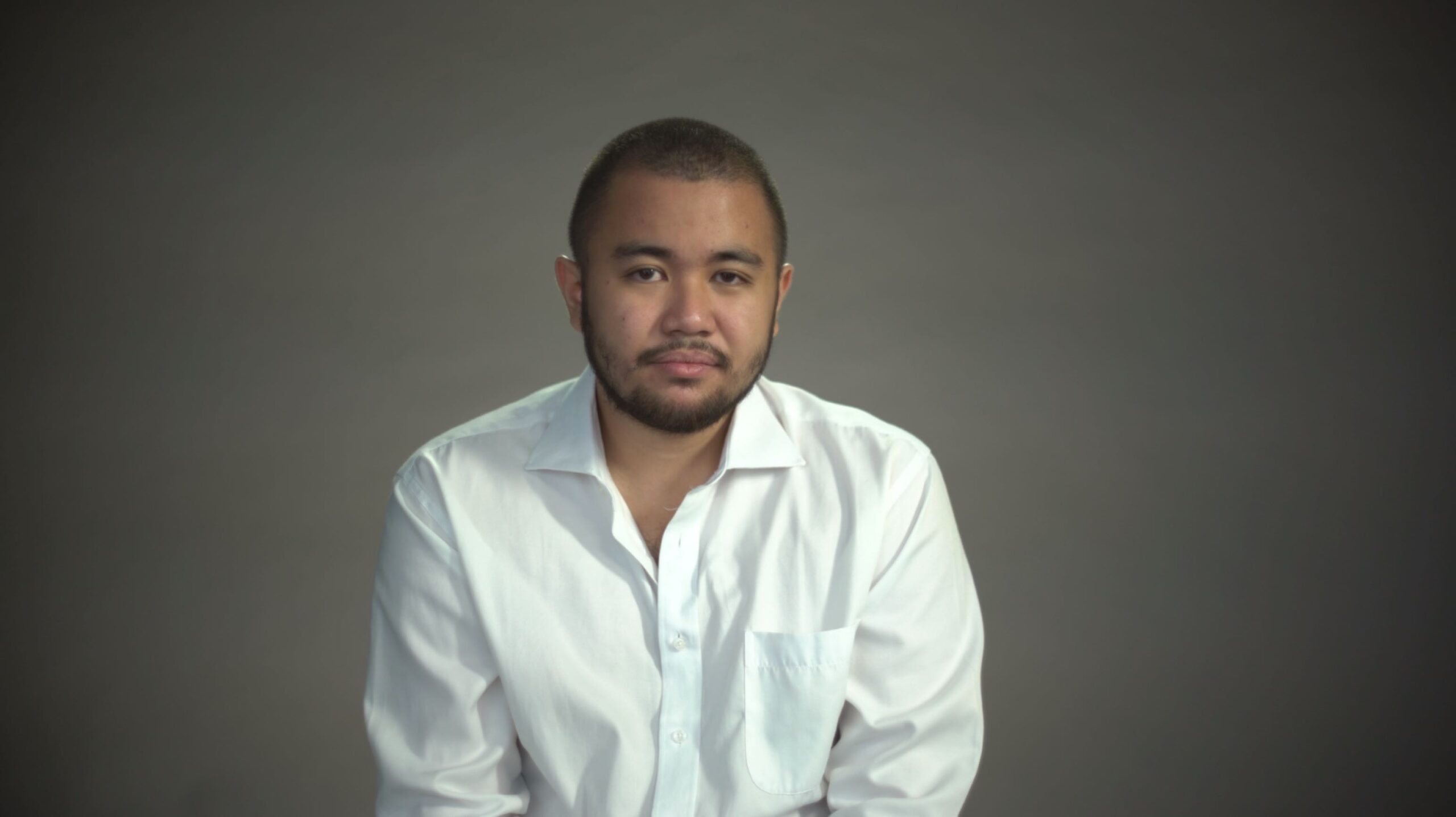SUMMARY
This is AI generated summarization, which may have errors. For context, always refer to the full article.

MANILA, Philippines – Photographer Ezra Acayan is uncertain how many corpses he has seen, or how many funerals he has shot in the months since the declaration of the war on drugs. He thinks maybe there have been 500 bodies, and maybe a hundred funerals.
He is 24, a former wire photographer from Reuters who began shooting professionally at the age of 17. His work has appeared in Time, The New York Times, Le Monde, The Guardian, The Wall Street Journal, The Washington Post, and in exhibits held in France, Sarajevo, and Switzerland.
In this second of several video conversations about press freedom, Acayan spoke of the reason he began covering the dead. It was curiosity that took him to the streets early in the Duterte administration. He wanted to know if the President would fulfill his promise to end the drug menace. (READ: Part 1: When journalists are threatened)
“I went on the night shift because this is where I heard that many of the killings take place,” Acayan said. “And I remember, on my first night, I covered maybe 7 killings. On my first night.”
In the first few months of the administration, he and the rest of the journalists would hear reports of up to 20 deaths in a single night – “and we couldn’t go to all of them.”
He began freelancing 7 months into the drug war to focus on the daily casualties. It was an expensive enterprise – payment for his photos barely covered the cost of coverage.
He continues to shoot, barreling through the metropolis at night, sometimes alone, sometimes with other journalists crowded into his car. In the absence of publishers willing to release his work, Acayan has taken to social media, posting photographs of mothers clawing at coffins and the children who hold up pictures of dead fathers. The pictures have been shared in viral posts.
Acayan was part of a team that won the Human Rights Press Awards, and was a finalist for the International Photography Awards’ Photographer of the Year Award.
He is clear where his biases lie.
Journalists must stand on the side of truth, he said. No man should be killed without due process.
“Doing the work I do, I try not to make it affect me too much,” he said. “But I also try not to be numb to it because I believe that I am most effective when I get to relate to my subjects – because of course, I am human first before I am a journalist.” – Rappler.com
Click on the links to other parts of this series
Add a comment
How does this make you feel?
There are no comments yet. Add your comment to start the conversation.